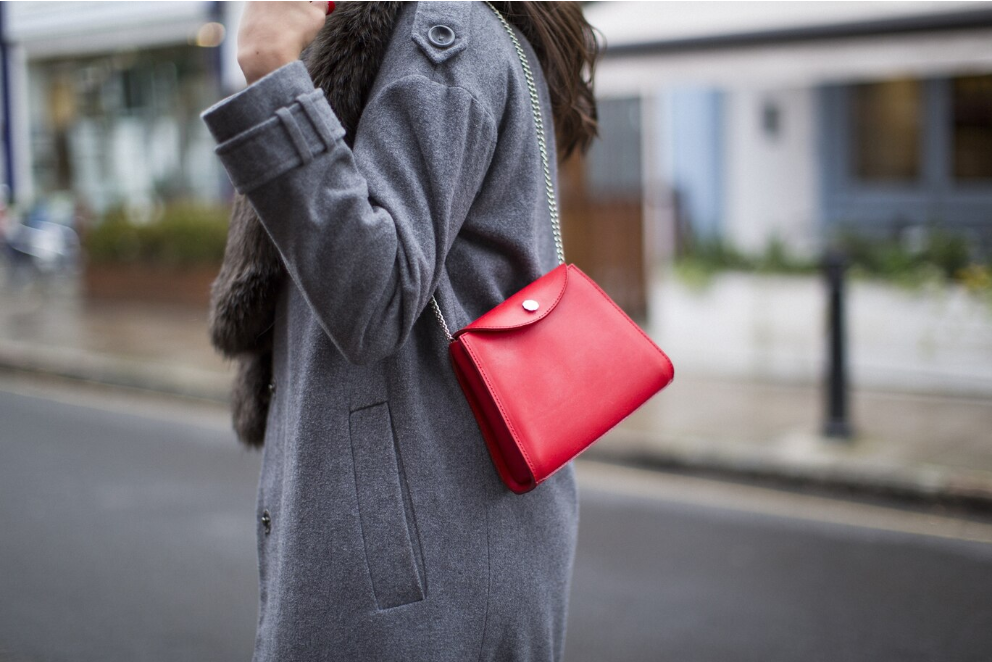In the realm of fashion, where trends are as diverse as the people who wear them, there’s one category that has stood the test of time and style: hoodies and sweatshirts. These cozy garments have transcended their humble beginnings to become iconic pieces in the fashion landscape. In this blog post, we’ll embark on a journey through the evolution of hoodies and sweatshirts, exploring their cultural significance, their influence on contemporary fashion, and the reasons behind their enduring popularity.
1. The Origins of Comfort
Hoodies and sweatshirts, once reserved for athletes and laborers seeking warmth, have undergone a remarkable transformation over the years. Rooted in practicality, these garments emerged in the early 20th century as workwear, designed to keep individuals warm and comfortable in various industrial settings. The simple yet effective design of a hood attached to a sweatshirt provided added protection against the elements, laying the foundation for a fashion revolution.
2. Cultural Significance
The cultural significance of hoodies and sweatshirts transcends mere fashion. These garments have become powerful symbols, reflecting societal attitudes, subcultures, and even political movements. Let’s delve deeper into their cultural journey:
a. Subcultural Symbolism: During the late 20th century, hoodies became associated with various subcultures. In the 1970s and 1980s, they were embraced by skateboarders and surfers seeking warmth after riding the waves or ramps. Additionally, hoodies gained traction among hip-hop artists and their fans, becoming a staple in the hip-hop fashion scene. The hoodie’s rebellious aura made it a favored item among youth subcultures, representing defiance against mainstream norms.
b. Political and Social Movements: Hoodies also became potent symbols in political and social movements. The tragic case of Trayvon Martin, an African American teenager shot while wearing a hoodie, highlighted racial profiling and sparked nationwide discussions about prejudice and injustice. The “Million Hoodie March” emerged as a powerful protest, using the hoodie as a symbol of solidarity and a demand for justice.
c. Gender Equality and Empowerment: In recent years, hoodies have become symbols of gender equality and empowerment. Many women wear oversized hoodies, challenging traditional gender norms in fashion. The androgynous appeal of hoodies promotes inclusivity and blurs the boundaries between masculine and feminine styles.
d. Academic and Work Environments: Hoodies have found their way into academic and work environments, challenging formal dress codes. College campuses often witness students draped in university-branded hoodies, fostering a sense of camaraderie and school pride. Similarly, tech giants and startups have embraced the “casual hoodie culture,” encouraging creativity and innovation without the constraints of formal attire.
e. Art and Pop Culture: The hoodie’s cultural impact extends to the realm of art and pop culture. Renowned artists, like Banksy, have used hoodies as motifs in their artwork, commenting on social issues and societal perceptions. Moreover, movies and TV shows have portrayed iconic characters wearing hoodies, further embedding these garments in our cultural consciousness.
f. Social Media and Activism: In the digital age, hoodies have become symbols of social and political activism. Hashtags like #HoodiesForJustice and #WearAHoodie challenge stereotypes and promote awareness about racial profiling and social inequalities. Social media influencers use hoodies to initiate dialogues, encouraging conversations about important issues.
g. Fashion Reappropriation: In recent years, luxury fashion houses and high-end designers have embraced hoodies, reappropriating them from streetwear to haute couture. This shift blurs the lines between high fashion and everyday wear, challenging preconceived notions about what is considered stylish and elegant. The hoodie’s journey from subcultural emblem to high fashion item exemplifies its enduring cultural significance.
In summary, the hoodie and sweatshirt, once symbols of rebellion, have evolved into powerful icons representing diverse subcultures, social movements, gender equality, art, and activism. Their journey from the streets to the runways underscores their ability to adapt and reflect the ever-changing cultural landscape. These garments continue to challenge societal norms, provoke discussions, and empower individuals, making them enduring symbols of cultural significance in the world of fashion.

3. The Influence on Fashion
In the 21st century, hoodies and sweatshirts have seamlessly integrated into high fashion. Renowned designers have embraced these garments, incorporating luxurious materials and intricate designs to create high-end versions of the classic hoodie. Runways around the world have showcased hoodies paired with tailored pants and statement accessories, blurring the lines between casual and chic. This fusion of comfort and style has redefined how we perceive and wear hoodies and sweatshirts.
4. The Rise of Athleisure
The rise of athleisure, a fashion trend that combines athletic wear with leisurewear, has further elevated the status of hoodies and sweatshirts. The emphasis on comfort, flexibility, and practicality has made these garments essential in modern wardrobes. Whether it’s a cozy fleece hoodie for a relaxing day at home or a sleek, moisture-wicking sweatshirt for a workout session, athleisure has made it acceptable to wear these garments in various settings, blurring the lines between gym attire and everyday fashion.
5. Sustainability and Ethical Fashion
In recent years, there has been a growing emphasis on sustainability and ethical fashion in the clothing industry. Hoodies and sweatshirts, often made from cotton and other natural fibers, have become focal points for eco-friendly initiatives. Many brands are now producing these garments using organic and recycled materials, reducing their environmental impact. Additionally, ethical fashion practices, such as fair labor and responsible sourcing, are becoming standard in the production of hoodies and sweatshirts, ensuring that consumers can enjoy these garments guilt-free.
6. Hoodies & Sweatshirts in the Digital Age
In the digital age, hoodies and sweatshirts have found a new platform for creativity. Online customization tools allow individuals to design their own hoodies, choosing everything from fabric color to print design. Social media platforms showcase influencers and celebrities sporting unique and stylish hoodies, inspiring fashion enthusiasts worldwide. The internet has created a global community where fashion trends, including innovative hoodie designs, can be shared and appreciated across borders.

7. The Future of Hoodies & Sweatshirts
As we look toward the future, it’s evident that hoodies and sweatshirts will continue to play a significant role in the fashion industry. Advancements in textile technology will likely lead to the development of even more comfortable and functional materials. Customization options will become more sophisticated, allowing individuals to create personalized garments with ease. Additionally, the focus on sustainability will drive innovation, leading to eco-friendly practices becoming standard in the production of these garments.
In conclusion, hoodies and sweatshirts have come a long way from their utilitarian origins. They have evolved into symbols of comfort, self-expression, and style. From the streets to the runways, these garments have left an indelible mark on the fashion landscape. Their ability to bridge the gap between comfort and fashion has made them beloved by people from all walks of life. As we embrace the cozy revolution in fashion, one thing is certain: the hoodie and sweatshirt will continue to shape the future of how we dress and express ourselves.







